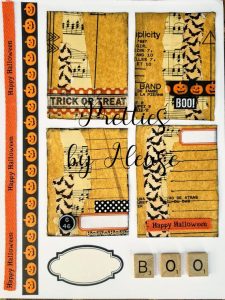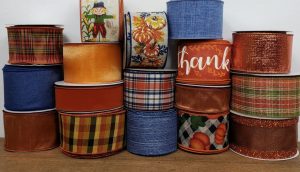Professional research and development of functional ribbon manufacturers, products can be anti UV, waterproof, anti UV, fire retardant, mildew resistant, sweat resistant and so on. The ribbon can be customized with any specification and color, the thickness can be 0.15mm, the width can be 6000mm, and the thickness can be 4mm. Weaving technology: from Taiwan’s advanced weaving technology, 15 years of working experience, accumulated a group of professional and technical personnel, and set up a development department to constantly introduce new weaving technology, product types and quality.
Ribbon is made of various yarns into narrow fabric or tubular fabric. There are many kinds of ribbon, which are widely used in clothing, shoes, bags, industry, agriculture, military supplies, transportation and other industries. In the 1930s, ribbons were all produced in manual workshops, and the raw materials were cotton thread and hemp thread. After the founding of the people’s Republic of China, the raw materials for ribbon gradually developed to nylon, vinylon, polyester, polypropylene, spandex, viscose, etc., forming three kinds of Technology: weaving, knitting and knitting. The fabric structure includes plain weave, twill weave, satin weave, jacquard, double-layer, multi-layer, tubular and combined weave.
Ribbon manufacturer
Woven by ribbon manufacturer: interweave warp and weft. After twisting, the yarn is warped into a bobbin, and the weft yarn is shaken into a winding, and the ribbon is woven on the loom. In the 1930s, it was hand-held wood loom and iron wood loom. In the early 1960s, 1511 loom was refitted into ribbon loom, which is still widely used. Due to the small width of the belt, the weaving methods are different, ranging from single, double, dozens of, single layer and double layer.
On the pottery unearthed from the Neolithic sites such as Banpo, Miaodigou and Sanliqiao in Xi’an, the “ten” and “human” characters are printed, which clearly shows that they are made of bamboo strips. Some of them also find that the bottom of the pottery bowl is adhered with bamboo strips of bamboo strips. Reed mat unearthed from Hemudu site in Yuyao, Zhejiang Province, has a history of 7000 years. In 1958, more than 200 pieces of bamboo weaving were unearthed from the late Neolithic site in qianshanyang village, Huzhou, Zhejiang Province, most of which were scraped and ground. The weaving techniques in this period were also quite exquisite, including the “human” shape, the “cross” shape, the diamond shape and the plum shape. There are baskets, baskets, baskets, baskets and so on.
In the Zhou Dynasty, it was very common to weave Guanxi with cattail. In the Han Dynasty, the mat was made of rush (also known as iris lactea, Malan grass and rush), which was produced in Sanfu (now central Shaanxi) and Hedong (now Xixia County). In the Tang Dynasty, straw mat production was very common. Rattan weaving in Fujian and Guangdong, willow weaving in Cangzhou, Hebei, and straw weaving in Puzhou, Shanxi (now Yongji, Hejin, etc.) were all famous handicrafts. Among them, Guangdong rattan weaving also has curtains woven with patterns of flowers, fish and insects, birds and birds. In Song Dynasty, Dongyang, Zhejiang Province, had many kinds of bamboo weaving, such as dragon lantern, flower lantern, horse lantern, incense basket, flower basket, etc. they could weave calligraphy, painting and patterns with exquisite technology. They could weave 120 strips per square inch (11 square centimeters), and some were decorated with gold thread. By the Ming and Qing Dynasties, the production of straw, rattan and bamboo in Zhejiang, Jiangsu, Hunan, Sichuan, Fujian and Guangdong had developed, and began to export at the end of the 19th century.








